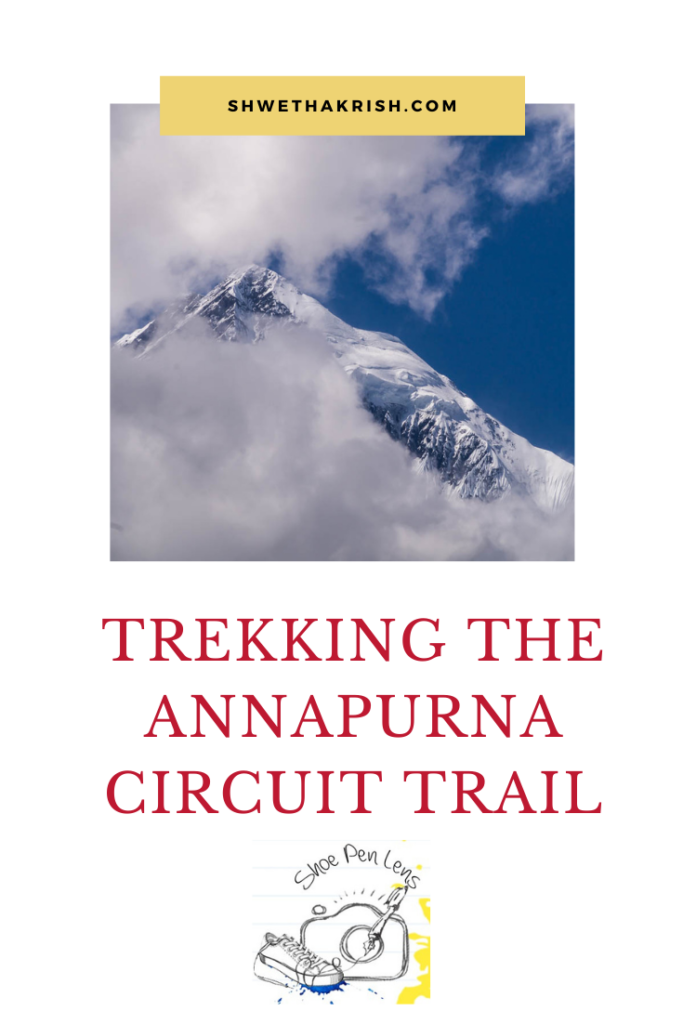Here is an excerpt from Wikipedia:
“The Circuit is a trek of about 160-230 km within the mountain ranges of central Nepal. This trek crosses two different river valleys and encircles the Annapurna Massif. The path reaches its highest point at Thorung La pass (5416m/17769 ft), touching the edge of the Tibetan Plateau. Practically all trekkers hike the route anticlockwise, as this way the daily altitude gain is slower, and crossing the high Thorong La pass is easier and safer.
The mountain scenery, seen at close quarters includes the Annapurna Massif (Annapurna I-IV), Dhaulagiri, Macchapuchhre, Manaslu, Gangapurna, Tilicho Peak, Pisang Peak and Paungda Danda. Numerous other peaks of 6000-8000m in elevation rise from the Annapurna range”

About the Trail:
Annapurna Circuit trail is one of the beautiful trails with changing vistas and is a haven for any trekker. One is in for a treat from nature as she opens upto a multitude of terrains, flora and she is all set to mesmerize one through the trail.
Annapurna Circuit is a tea house trail as throughout the trail there are homestays where one can rest the night at and the trails takes ne through numerous quaint villages.
The trek just humbles one to the core and one can’t shake off the silence of the mountains.
Trek Stats:
- Elevation: 17800 ft (5416 m)
- Best seasons to Trek: October, November, December
- Guide and Permits: To be taken at ACAP office, Pokhara
- Duration: 10 -18 days
- Trek Difficulty Level: Difficult
- Trek Distance: 160-230 kms
- Accommodation: Homestays
- Location: The trek starts from Besisahar or Bhulbhule
- Nearest Airport: Pokhara Airport, Nepal
- By Road:
- Besisahar or Bhulbhule
Itinerary:
Day 1: Pokhara-Besisahar-Bhulbhule-Ngadi (3000 feet)
After getting the Permits and Trekkers’ Card from Pokhara ACAP office, one can set to embark on the beautiful trail. One can travel by the local bus or taxi from Pokhara to Besisahar. One could also take a local bus from Besisahar to Bahudanda.
From out here one can start trekking. The trail runs parallel to the Marshyangadi river and after an hour or two one can reach Ngadi village. One can stay out here for the night at any one of the numerable home stays. It is a quaint serene village. One can explore the Marshyangadi River as well.
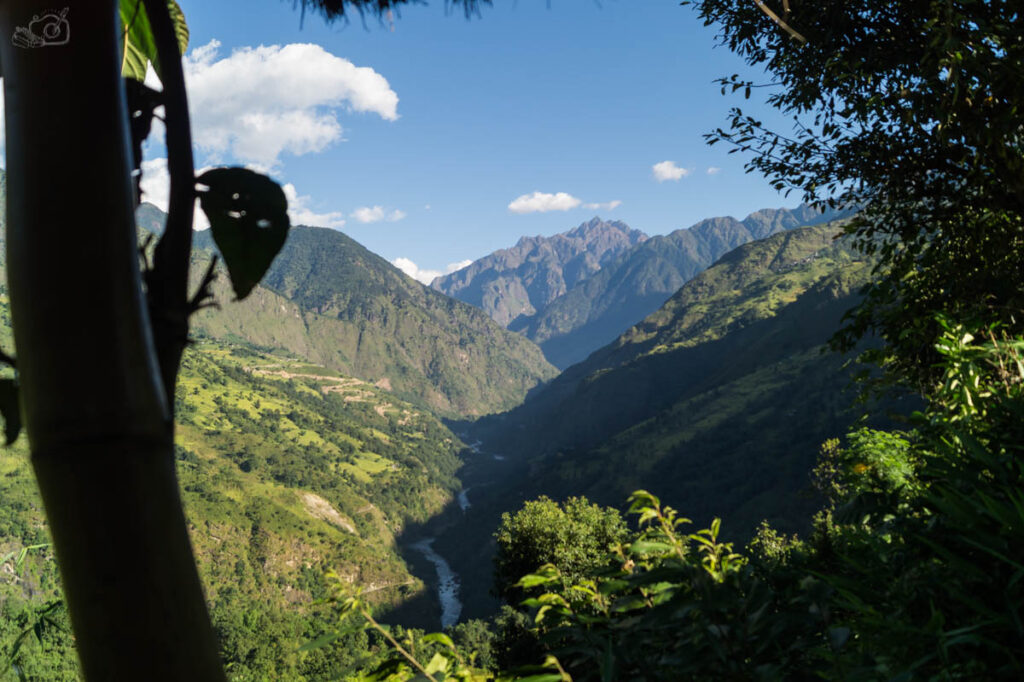
Day 2: Ngadi-Bahudanda-Ghermu-Jagat-Chamche (4500 feet)
One can hit the trail around 5 am and head towards Bahudanda. The trail opens up to farms, villages and last stretch is a steep incline to reach Bahudanda. One can have breakfast out here and trail is now dusty as you hit upon a semi tarred and gravel road. With the sun beating down upon you, one can feel exhausted but it is all about taking one step at a time. After quite a steep and tiring trek one reaches Jagat, one could have Lunch out here. The trail takes one through farm fields, terrace fields, bridges and then one gets to reach Chamche where one can stay in homestays across a Waterfall.
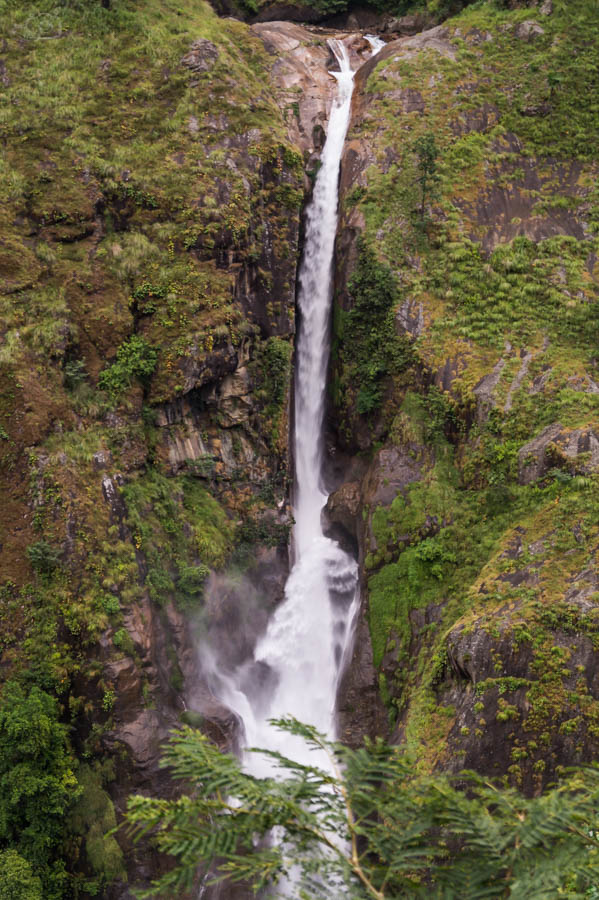
Day 3: Chamche-Tal-Dharapani-Danaque (7200 feet)
This trail leads one to this Beautiful village, Tal alongside the river. The views are absolutely scenic with the mountains around. The valleys are scintillating and adds to the wonder that nature is. One can have breakfast around here. The trail leads one past mountain bridges which leads to Dharapani and later on to Danaque. The villages are quite close by and one can stay in comfortable home stays for the night.
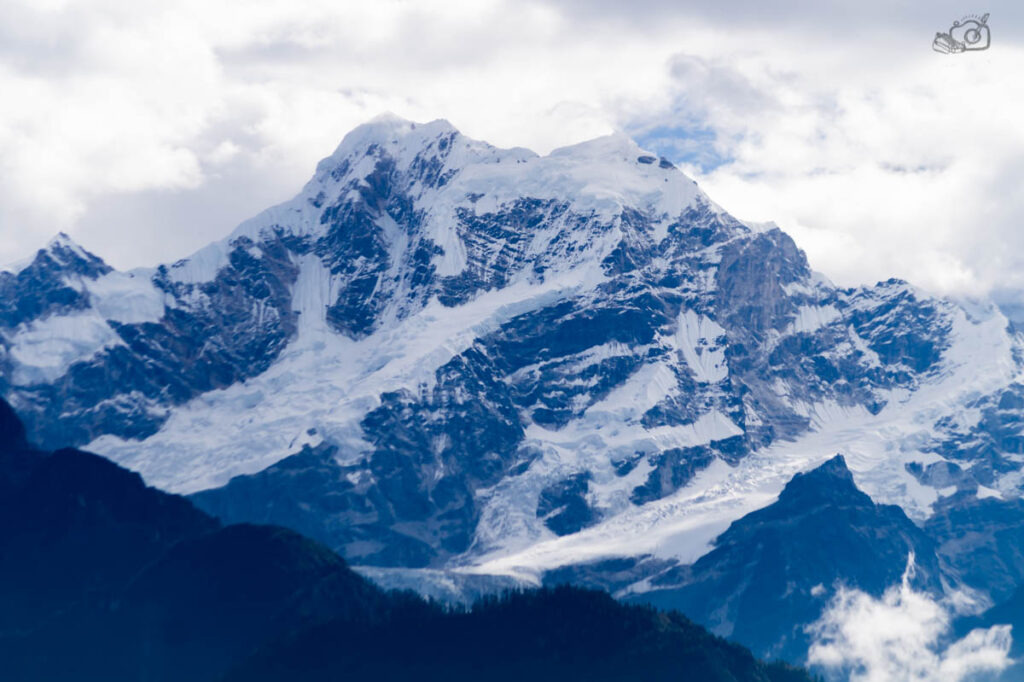
Day 4: Danaque-Timang-Manaslu-Kyoto-Chame (8891 feet)
The trail leads one to the woods and as one reaches Timang, the Manaslu mountain ranges offer you a spectacular sight. The trail is not much of a steep climb now. The trail gets easier as one reaches Kyoto. The Annapurna ranges can be viewed from out here. And there is a small monastery that one can visit. And then the trail leads onto Chame.
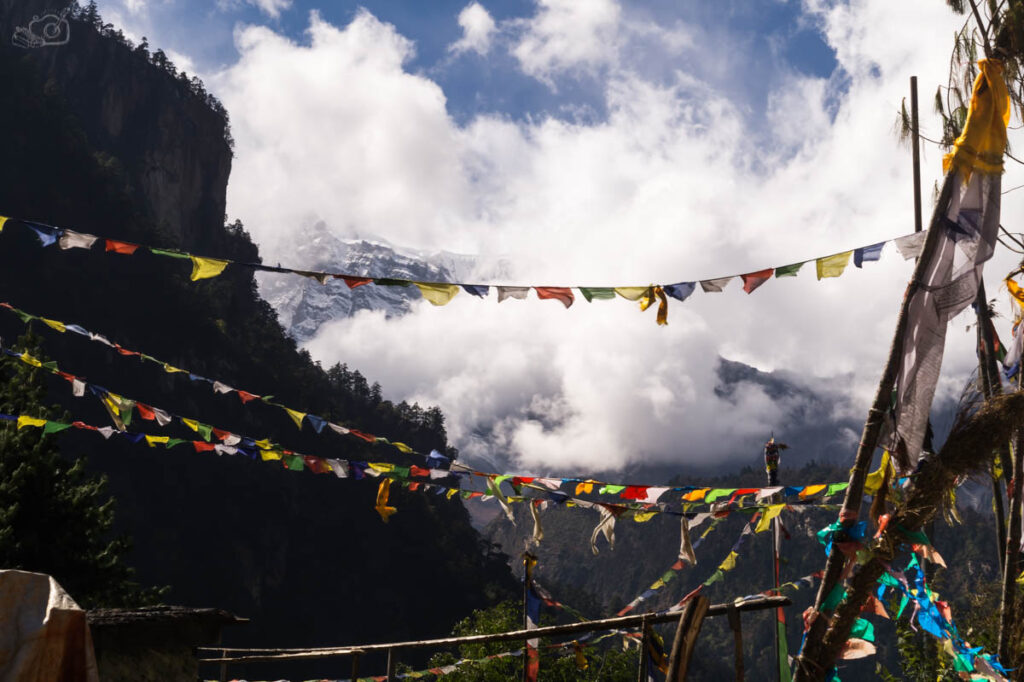
Day 5: Chame-Barathang-Dukha Pokhari-Lower Pisang (10662 feet)
As one reaches Barathang, there is a beautiful homestay with Apple orchards. One can easily spend some time out here and head towards Dukha Pokhari. The trail then leads one to Lower Pisang. One can stay the night out here. And later on one can hike upto Upper Pisang and visit the monastery in the evening.
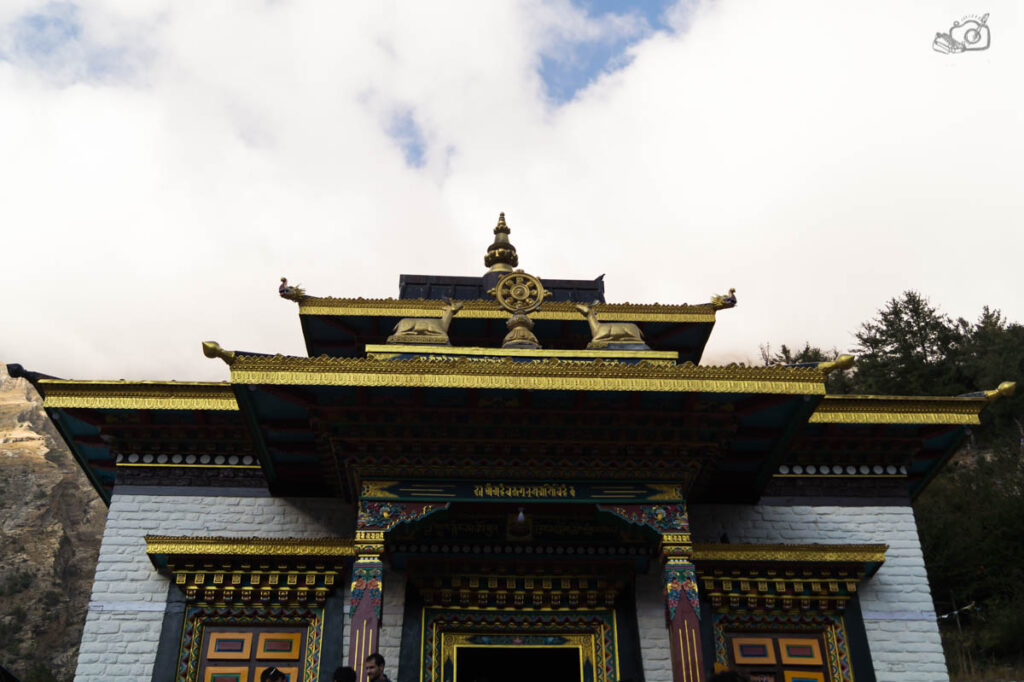
Day 6: Lower Pisang-Humde-Manang (11614 feet)
The trail opens upto paths laden with pine trees and rocky mountains. Humde is the next village which has an airport! The trail then leads to Brakha which hosts the famous Cinnamon Roll in its oldest bakery. One can choose to relish it with a cuppa tea. Then the trail leads to Manang with Tilicho peak and Gangapurna glacier towards the left all along.
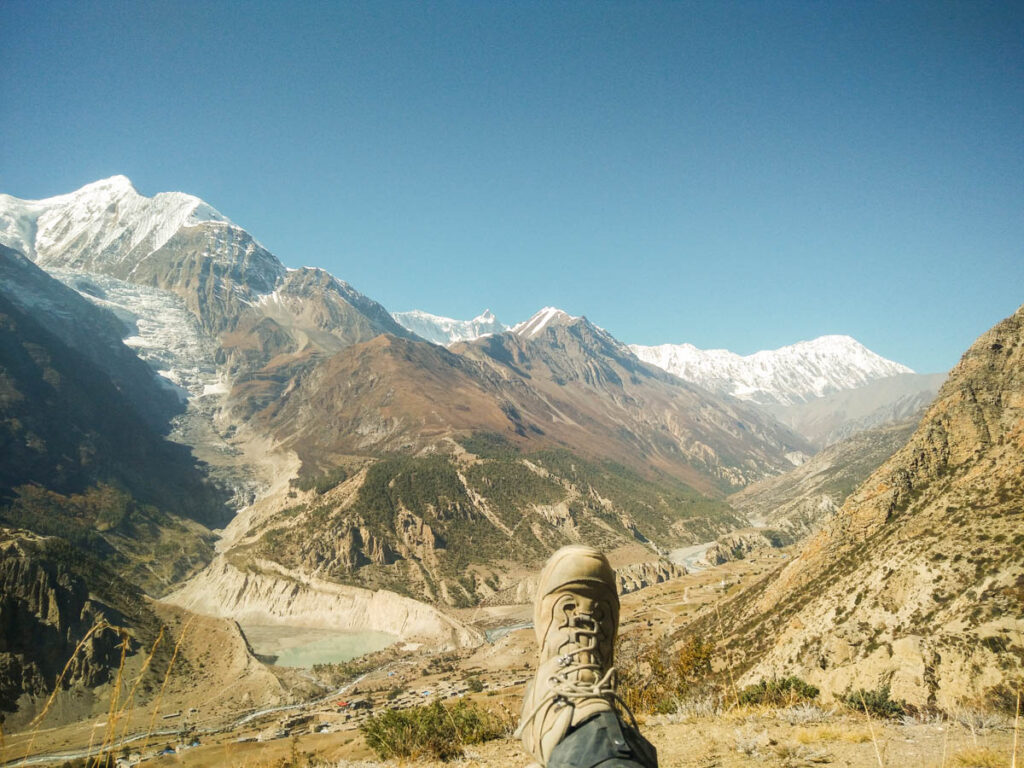
Day 7: Manang
Manang is a pit-stop for many trekkers to get acclimatized either to go to Tilicho peak or Thorung La. One can stay in Manang for a day or two to get acclimatized and visit a few gompas or catch a movie as well at the theatre. One can visit the serene Gangapurna Glacier and enjoy a lovely evening. One can attend the High Altitude Training which is offered by the ACAP office folks. This gives considerable idea of how you are feeling and what steps need to be taken in case of any adverse scenarios.
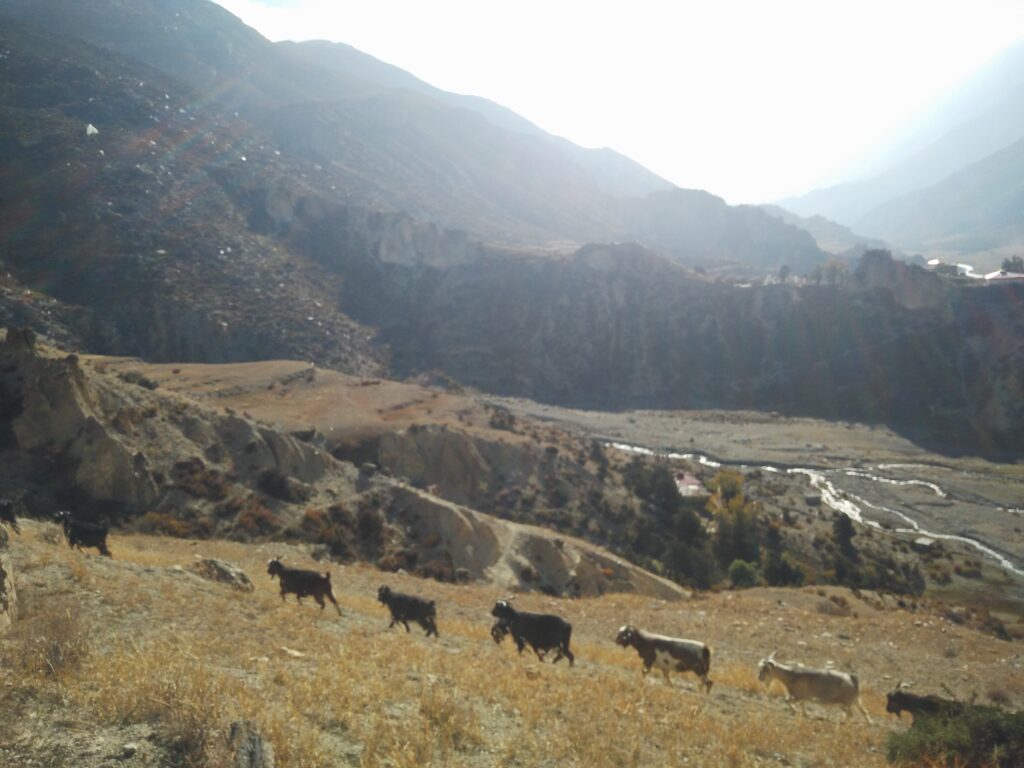
Day 8: Manang-Bhraga-Yak Kharka (13287 feet)
The next day, the trail leads one to Bhraga, here the vistas turn even more scintillating as one gets to see red colored flora on the mountains. The snow clad mountains far off and the red colored flora all around the mountains makes it a beautiful trail. The next pit-stop is Yak Kharka, the place is very very cold.
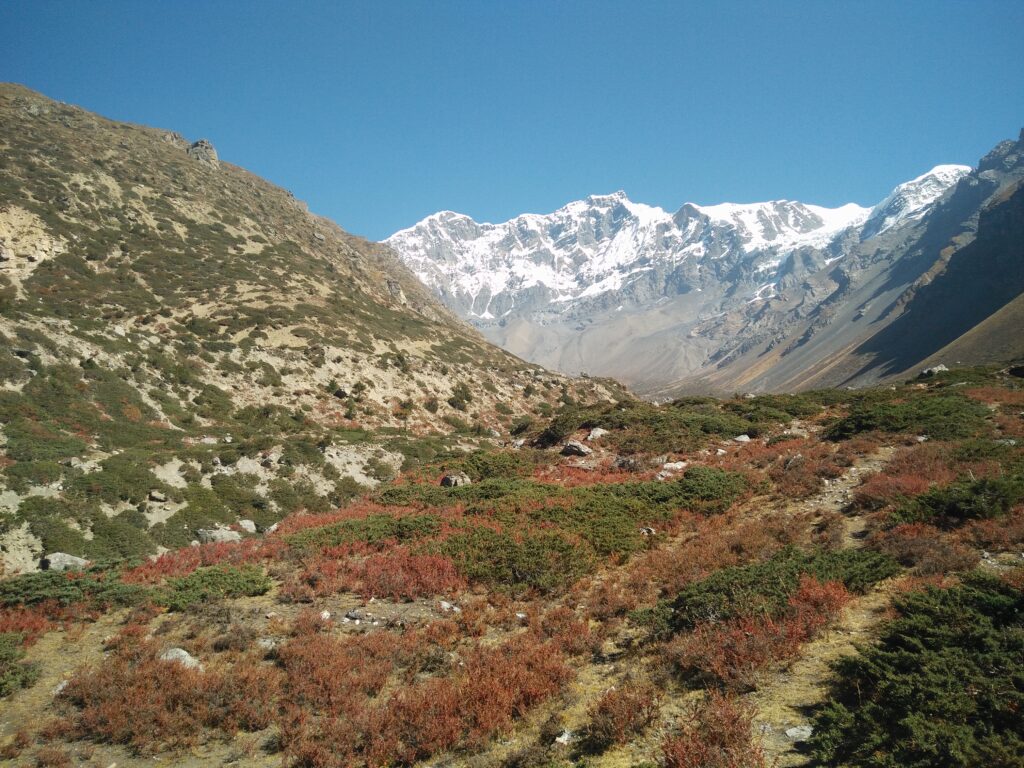
Day 9: Yak Kharka-Ledar-Thorung Pedi (15000 feet)
The trek would now be to the base camp, Thorung Pedi. The trek is through steep inclines and landslide areas. Thorung Pedi has a lovely restaurant with good food, music and it is fabulous. It is a sight to see a star-studded sky and being out there at almost 15000 feet is quite a feat.
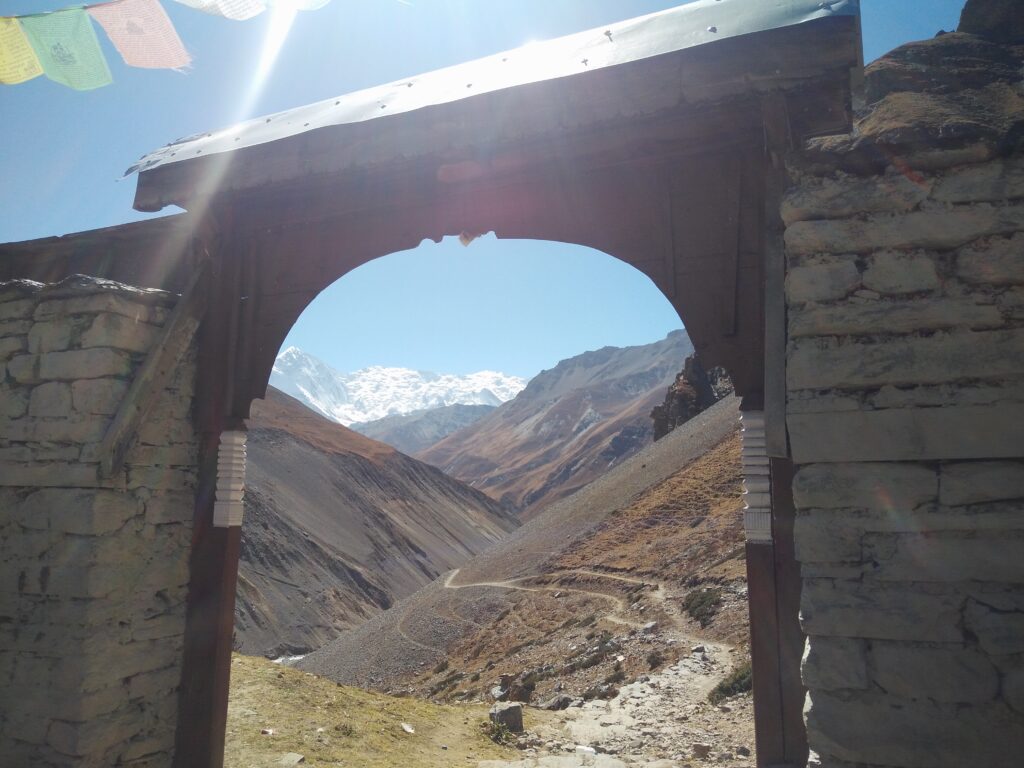
Day 10 The D-day! Thorung Pedi-High Camp-Thorung La(17769 feet) – Muktinath(12467 feet)
The trek to High camp is through a serpentine trail. One can start the trek around 2:30am as this day is quite exhausting and would take a long time to trek considering the altitude of 17769 feet. After reaching High Camp, the trail gets steeper and steeper and one can see the peaks of snow clad mountains shimmering in bright yellow. The trail is filled with loose gravel and it is quite exhausting! The Pass is adorned with Prayer Flags and is quite a spot to take a click that you made it through the Pass.
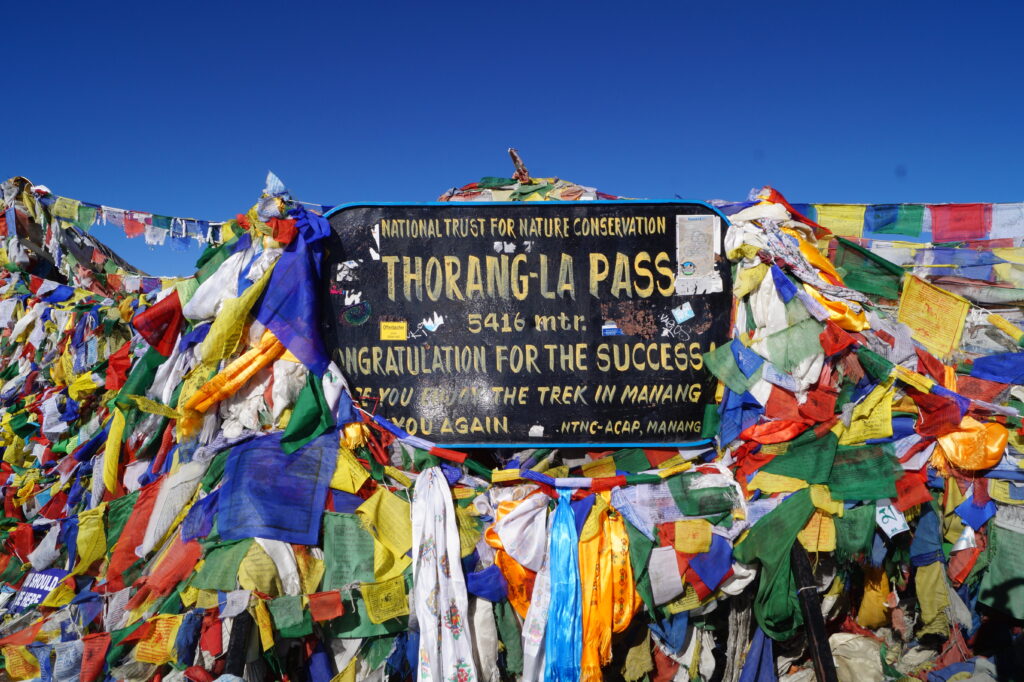
Things to pack /carry:
- Sturdy Backpack(50L-60L) preferable with wider shoulder straps as it should sit comfortably on your shoulder
- Hiking Shoes( to suit the Mountain terrain) and socks
- Water bottle / Water pack -2 bottles of 1l each
- Sun Cap and Woollen / Fleece Cap
- Sunglasses – Black or Brown
- Trekking pole
- Comfortable trekking pants and tees
- Wind and Rain jacket /poncho depending on the season
- Sweater / Fleece Pullover depending on the weather
- Small first aid box
- Regular medication if any
- Fleece Gloves and Rain Gloves
- Sunscreen Lotion – SPF to suit the Higher altitudes
- Toiletries- Basic and much needed ones
- Dry fruits or Energy Bars
- Head torch
- Sleeping bag
- A small notepad and pen
- Essentials: Wallet, ID card
- Mobile phone, chargers, Powerbank
- Cameras and Batteries
Highlights of the Trek:
- Changing Landscapes: The beauty of the trail is the ever changing landscapes right from 3000 feet to 17769 feet.
- Thorung La: The feat is to get to the Pass. And it is quite a celebration as one makes it here. Also one can catch the Mt. Dhaulagiri range from out here.
- Waterfalls: Numerous falls adorn the trail
- Manaslu View: The views of Manaslu from Timang is a marvel
- Kyoto Monastery: Quaint little monastery soaked in Silence which refreshes any weary traveller.
- Barathang Homestay: A beautifully made homestay with apple orchards in the backyard.
- Cinnamon Roll / Bun: A must try at the oldest bakery in Brakha
- Muktinath: Scenic and beautiful village after Thorung La.
- Tilicho Peak: It is a sight to see as one is on the way to Manang.
- Gangapurna Glacier: It is a joy to see the glacier
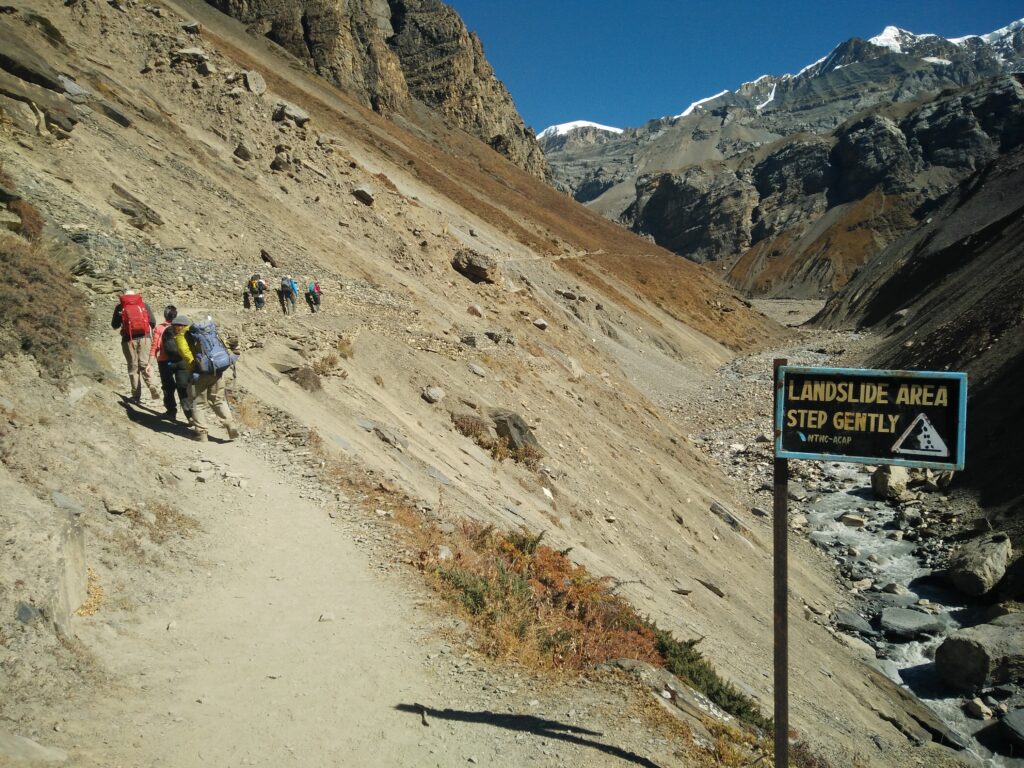
Pre-requisites for the Trek:
- Please read about the Trek and the weather conditions prior to planning.
- Having a good exercise routine is a must to embark on Himalayan treks – Ensure that you do the required preparation for the trek, ideally 1 year prior to the trek.
- Research about the trek- Plan on how you wish to trek; Through a Trekking Agency or by yourself.
- If you are trekking by yourself with a group of friends, ensure to take a Guide along at the starting point of the Trek and plan your Trek accordingly. This option should be considered only if you have some experience in Trekking and have taken the necessary precautions and adhere to the protocol of Trekking in Himalayas.
- If you are unable to complete a Trek, that is totally fine. Mountains will always be there but not us. So, make sure you do not compete with others or yourself in the madness to reach the destination. Take it Slow always!
- Plan your finances accordingly for the Trek and have a Plan B if you stop the Trek midway or some unforeseen circumstances hold you back.
- Mountains always have the last say, remember this always!
Considering the COVID-19 Pandemic, ensure that you adhere to the protocols of the situation and the Place of the Trek.
Hope you have a wonderful adventure out in the Himalayas!
PS: You can read about my personal experience at Annapurna Circuit out here – Annapurna Circuit
